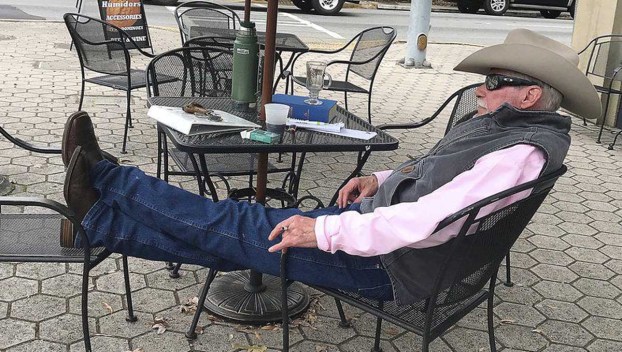
Ga Fl News
True or False: Consuming information in ‘Fake News’ era
VALDOSTA — Amanda Faircloth of Tifton once watched a documentary on the Science Channel about an amazing, new ... Read more

VALDOSTA — Amanda Faircloth of Tifton once watched a documentary on the Science Channel about an amazing, new ... Read more